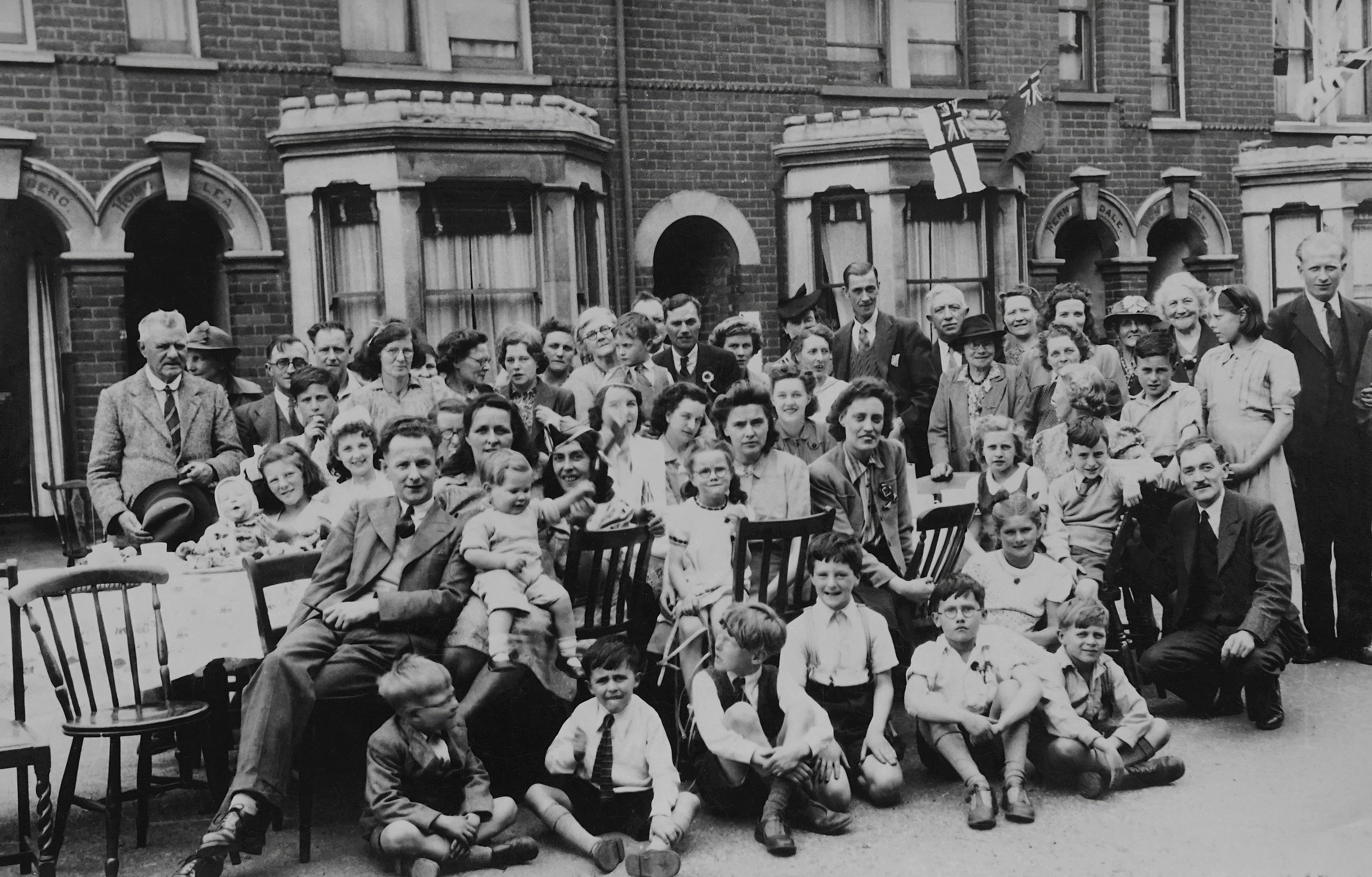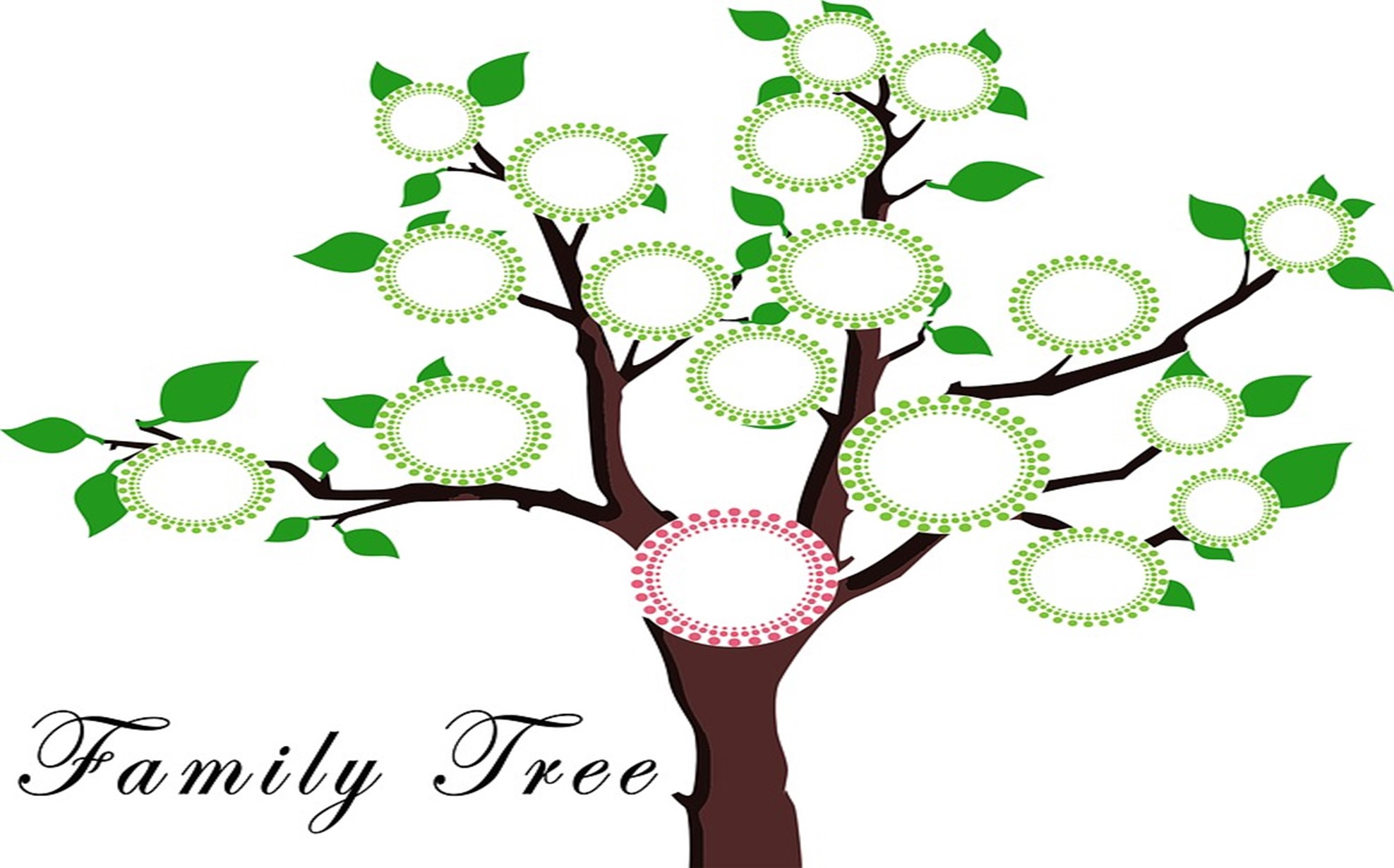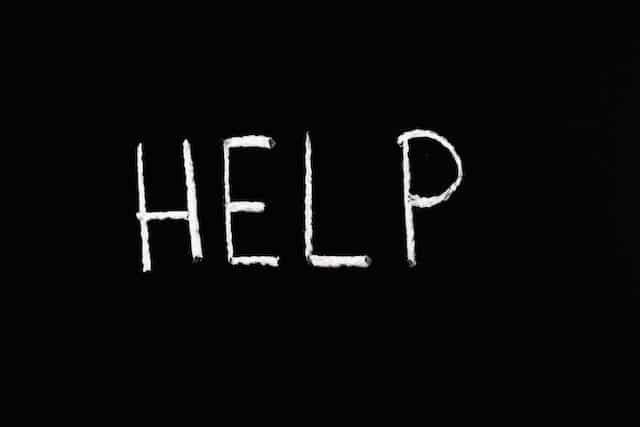A great nonfiction book stands out for its ability to captivate readers with engaging prose and meticulous research. Its writing style is clear, concise, and compelling, effectively communicating complex ideas in an accessible manner.
The book offers a unique perspective, shedding light on lesser-known aspects of a subject or presenting fresh insights into familiar topics. By incorporating storytelling techniques, it weaves a compelling narrative that keeps readers enthralled from start to finish.
Moreover, an outstanding nonfiction book is relevant and timely, addressing pressing issues or themes that resonate with its audience. Its originality and innovation challenge conventional thinking, inspiring readers to view the world through a different lens. The author maintains a balanced and objective approach, presenting various viewpoints while staying true to the book’s purpose.
Human elements, such as personal anecdotes and real-life stories, add relatability to the subject matter, fostering emotional connections with readers. The book is accessible to both experts and novices, avoiding unnecessary jargon without oversimplifying complex concepts.
With a well-structured layout, the book seamlessly guides readers through its chapters, leaving a lasting impression through its emotional impact. It provides practical applications or takeaways that enrich readers’ lives and challenges them to grow intellectually.
Critical acclaim, positive reviews, and endorsements further solidify the book’s reputation as a remarkable nonfiction read. In essence, a great nonfiction book leaves an indelible mark, enlightening, inspiring, and engaging its readers throughout their journey.
With these elements in mind, here is a great reading list encompassing ten amazing nonfiction books sure to grip the imagination and pique curiosity!
“You Just Need to Lose Weight” by Aubrey Gordon
“You Just Need to Lose Weight” by Aubrey Gordon is an outstanding nonfiction book that challenges societal norms and perceptions surrounding weight and body image.

With compelling writing and personal insights, Gordon dismantles harmful myths about weight loss and advocates for body positivity and self-acceptance.
This engaging tome presents a refreshing perspective on health, emphasizing holistic well-being over restrictive diets and unrealistic beauty standards.
This compelling narrative challenges notions such as 'being fat is a choice' or the 'obesity epidemic' by providing evidence to dispel these myths.
Through research and lived experiences, Gordon offers a powerful and relatable narrative that resonates with readers from all walks of life. Its empowering message of self-love and body inclusivity makes 'You Just Need to Lose Weight' an exceptional nonfiction read.
It prompts readers to question and rethink prevailing notions about weight and health.
“You Just Need to Lose Weight“ is available on Amazon.
“This Is Supposed to Be Fun” by Myisha Battle
For anyone who’s ever felt frustrated by repetitive and uninspired messages from dating app matches, this book is here to address every concern.
Myisha Battle, a clinical sexologist and experienced sex and dating coach provides a refreshing approach that diverges from the usual cliches like “there’s plenty of fish in the sea.”
In her book, Battle acknowledges the challenges and complexities of app dating, describing it as dealing with unfavorable circumstances. Based on client stories, Battle delves into the pitfalls of app dating, focusing on the games that make app dating a dreadful experience.
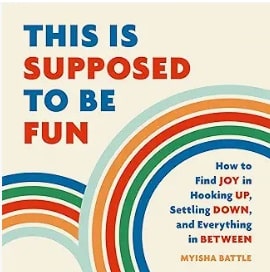
With a feminist and antiracist perspective, Battle’s coaching stands apart from typical dating self-help books. Her advice aligns with these principles as she endeavors to dismantle misogyny from the framework of heterosexual dating.
Battle presents a practical and emotionally supportive action plan, interweaving client stories, valuable tips, and reflective points. For those who cannot afford a personal dating coach, this book offers an excellent alternative to navigate the dating landscape successfully.
“This Is Supposed to Be Fun” is available on Amazon in audiobook and Kindle versions.
“We Have No Idea: A Guide to the Unknown Universe” by Jorge Cham and Daniel Whiteson
“We Have No Idea: A Guide to the Unknown Universe” by Jorge Cham and Daniel Whiteson is a compelling book that takes readers on an entertaining and enlightening journey through the mysteries of the universe.
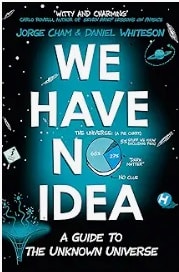
With humor and accessible language, the authors tackle complex scientific concepts, making them engaging and understandable to a broader audience. They candidly admit that much humankind still doesn’t know about the cosmos, making science a thrilling and ever-evolving exploration.
Cham’s whimsical illustrations complement Whiteson’s expertise, adding charm to the book.
The authors address big questions like dark matter, black holes, and the universe’s fate, inviting readers to ponder the frontiers of human knowledge.
Overall, “We Have No Idea” offers an enjoyable and thought-provoking experience that inspires curiosity and wonder about the vast unknowns of the universe.
“We Have No Idea: A Guide to the Unknown Universe” is available on Amazon in audiobook and Kindle versions.
“More Than a Glitch” by Meredith Broussard
“More Than a Glitch” is a captivating read that exposes the hidden biases and limitations of artificial intelligence (AI) systems.
Broussard, a computer scientist, and journalist, skillfully unravels the myths surrounding AI’s infallibility, revealing its inherent flaws and the real-world consequences of its misjudgments.
The narrative offers a critical examination of AI’s impact on society, from biased algorithms in criminal justice to AI’s limitations in healthcare and education.
Broussard’s meticulous research and engaging storytelling highlight the urgency of understanding and addressing AI-related issues.
Her insightful analysis demystifies AI, making it accessible to a broader audience while empowering readers to question and challenge the technology’s role in their lives.
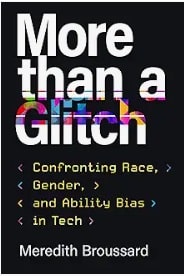
“More Than a Glitch” is a provocative exercise that underscores the importance of human accountability in developing and deploying AI systems.
“More Than a Glitch” is available on Amazon.
“Riding with George: Sportsmanship & Chivalry in the Making of America’s First President” by Philip G. Smucker
“Riding with George: Sportsmanship & Chivalry in the Making of America’s First President” is a great nonfiction work that offers a fascinating glimpse into the character and values of America’s first president, George Washington.
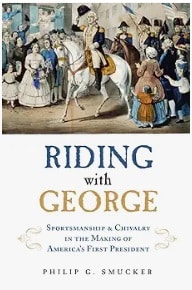
Through insightful analysis supported by dedicated research, Smucker explores Washington’s love for horsemanship and how it shaped his leadership style and character.
This stimulating discussion underscores the importance of sportsmanship, chivalry, and integrity in Washington’s life, revealing lesser-known aspects of his personality.
Smucker’s vivid portrayal of the equestrian world in colonial America adds depth to the narrative, immersing readers in the cultural context of the time.
“Riding with George” not only presents a compelling portrait of Washington but also sheds light on the values that played a crucial role in shaping the nation’s founding father.
“Riding with George: Sportsmanship & Chivalry in the Making of America’s First President” is available on Amazon.
“Stories That Stick” by Kindra Hall
“Stories That Stick” by Kindra Hall is a captivating nonfiction book that unveils the power of storytelling in business and communication.
Hall expertly weaves together personal anecdotes, real-world examples, and practical advice to demonstrate how compelling narratives can captivate customers and influence audiences.
The book presents a clear and actionable framework for incorporating storytelling into various aspects of business, from marketing to leadership.
Hall’s engaging writing style and her passion for storytelling make the book an enjoyable and inspiring read. Readers are entertained by the stories and equipped with the tools to apply storytelling techniques in their professional endeavors.
“Stories That Stick” stands out as a must-read for anyone seeking to harness the persuasive and transformative potential of storytelling in the business world.
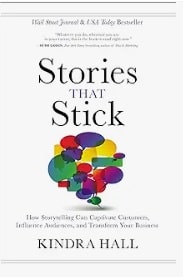
“Stories That Stick” is available on Amazon.
“Bottoms Up and the Devil Laughs” by Kerry Howley
In her highly entertaining book, Kerry Howley addresses the alarming reality of human beings whittled down to data and subject to surveillance in the digital age.
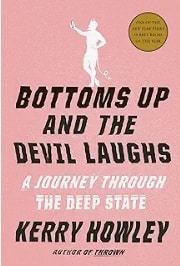
Through the captivating story of Reality Winner, a millennial and NSA employee, Howley illustrates the profound implications of online life and surveillance.
Winner, a polylinguist tasked with aiding the US military in target selection, found herself at 25 years old, sentenced to five years in prison for leaking classified documents related to a Russian election attack.
Howley skillfully analyzes the harsh and surreal conditions surrounding this dramatic case, illustrating how it implicates society at large.
Even if phone surveillance merely reveals visits to innocuous websites, virtually everyone is entangled in the broader implications of a surveillance-based society.
This book holds readers captive, compelling them to read it in various daily moments, underscoring its gripping and insightful nature.
“Bottoms Up and the Devil Laughs” is available on Amazon.
“Enrique’s Journey: The Story of a Boy’s Dangerous Odyssey to Reunite with His Mother” by Sonia Nazario
“Enrique’s Journey” is an eye-opening and heartbreaking nonfiction book chronicling a young boy’s perilous and emotionally charged journey.
Nazario follows Enrique, who embarks on a treacherous odyssey from Honduras to the United States to find his mother, who left him behind years ago to seek a better life.
Through extensive research and immersive storytelling, the author portrays the harrowing challenges faced by countless undocumented migrants attempting to cross borders and navigate through dangerous territories.
This gripping read exposes on the human toll of immigration policies, exposing the hardships, dangers, and sacrifices involved in seeking a better future.
'Enrique's Journey' serves as a poignant testament to the resilience and determination of those pursuing the American dream, making it a powerful and emotionally resonant nonfiction work.
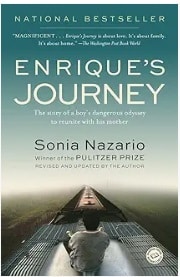
“Enrique’s Journey” is available on Amazon.
“Fish Out of Water: A Search for the Meaning of Life” by Eric Metaxas
“Fish Out of Water” is a fascinating nonfiction book that follows the author’s quest to discover life’s true purpose and significance.
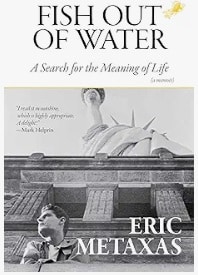
Metaxas navigates through philosophical, religious, and existential themes, offering a thought-provoking exploration of the human condition.
The book delves into the universal search for meaning and fulfillment with a compelling narrative and introspective reflections.
Metaxas's engaging writing style draws readers into his journey of self-discovery, making the book relatable and inspiring.
'Fish Out of Water' invites readers to ponder life's deeper questions and embark on their quests for meaning, making it a captivating and intellectually stimulating nonfiction work.
“Fish Out of Water” is available on Amazon.
“You or Someone You Love: Reflections from an Abortion Doula” by Hanna Matthews
In response to the pressing concern of reproductive rights in America, this book on abortion stands as a poignant and distinctive work, neither a eulogy nor a battle cry, but a heartfelt love letter.
Written by an abortion doula, activist, parent, and writer, the author, Matthews, provides firsthand accounts from clinics that have now become battlegrounds.
The book is a testament to moral clarity, medical precision, and captivating prose, making it a significant addition to the bookshelves of both seasoned advocates and those new to the cause of bodily autonomy.
Matthews addresses the historically taboo topics related to our bodies, including periods, sex, infertility, miscarriage, birth, death, and postpartum physiologies.
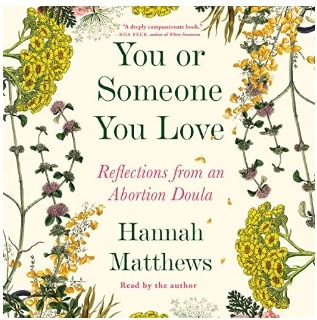
She confronts the challenges in expressing the intricacies of abortion, as societal perceptions have often obscured its true realities with mythologies, moralization, and politicization.
Through this book, Matthews adeptly educates readers, inviting them to engage with this sensitive subject matter while fostering a sense of empathy and understanding.
“You or Someone You Love” is available on Amazon.
One Final Thought
The best nonfiction books have the power to challenge readers beyond their preconceived notions and push them outside their comfort zones. These books encourage readers to think critically and open-mindedly by delving into unfamiliar territory. They present alternative perspectives and fresh insights, prompting readers to question their existing beliefs and assumptions.
In this exploration process, readers can learn and grow, broadening their understanding of the world and embracing new ideas. Through exposure to diverse viewpoints, readers gain a more nuanced understanding of complex issues and develop empathy for different experiences.
Ultimately, the best nonfiction books serve as catalysts for intellectual and personal growth, guiding readers toward greater self-awareness and a deeper appreciation for the diversity of thought and human experiences.


